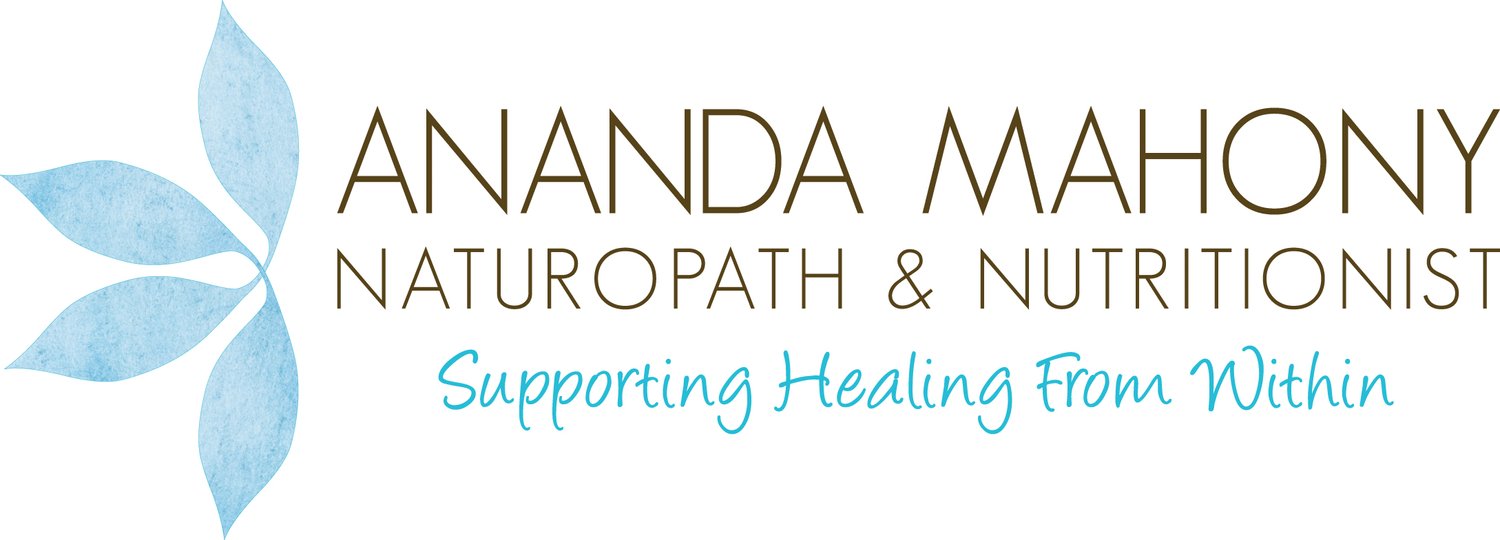The role of diet in skin ageing
Can diet play a role in skin ageing? The simple answer is yes. Environmental factors, nutritional status and dietary intake more than genes can add years to a person's appearance. While topical applications make a difference, a healthy glow is more often a sign of internal health than anything else. There is a growing body of evidence to show that what we eat certainly influences skin ageing and not surprisingly, the dietary correlations that relate to reduced skin ageing also relate to reduced ageing in general. Apart from dietary interventions, research is showing that supplementation with specific nutrients and antioxidants supports the use of topical anti-aging products and that in fact the combination is more effective than either treatment alone. Below is a review of the most significant dietary and nutritional influences on ageing.
An Australian study at Monash University looked at the effects of food and nutrient intake on skin wrinkling in areas exposed to the sun. The participants were from Melbourne, Greece and Sweden.
Food intake questionnaires were used to measure diet and microphotography of the skin was used to measure skin wrinkling. The study showed that Swedish had the least skin wrinkling, followed by Greeks and Australians had the most. The types of foods consumed did have an effect on the degree of skin wrinkling with more damage seen in those with a higher intake of meat, dairy and butter. Foods that had a protective effect against skin wrinkling included vegetables, legumes, olive oil, tea, prunes and apples (see full list below). Overall, positive dietary habits trended towards a low-GI diet.
Another study supports the above food associations showing that skin wrinkling in a sun-exposed site in older people of various ethnic backgrounds may be influenced reducing intakes of fats and carbohydrates and increasing antioxidants and beneficial fats, dietary measures which are associated with better skin-ageing appearance.
It is worth noting that research linking skin ageing and dietary habits should not be taken out of context. Overall dietary trends produce these effects rather than any single food group in isolation. However, the dietary trends in both studies show that high GI and saturated fats seem to have the most significant pro-wrinkling effect. Due to their higher saturated fat content meat, dairy and butter can increase skin inflammation and lead to faster skin ageing. In addition a high sugar intake is also associated with greater skin wrinkling. Simple sugar has a pro-inflammatory effect but it also promotes the production of advanced glycosylation end products (AGE). AGEs are closely associated with oxidative stress. A combination of a high antioxidant diet and low sugar reduces inflammation, free radical damage and AGE production in the body. Again the trend shows that the protective foods are low or have no saturated fats and are low GI and rich in phytochemicals which support skin collagen and reduce inflammation.
The Monash study indicated that these foods associated with less wrinkling:
Mono-unsaturated fat including those from olive oil and olives
Nuts and legumes
Vegetables
Fish (particularly those rich in essential fatty acids)
Low fat milk and milk products, such as yoghurt
Wholegrain cereals
Fruit and fruit products (especially prunes, cherries and apples)
Eggs
Tea and Water
More wrinkling was associated with diets that included higher intakes of:
Saturated fat (including butter)
Trans fats (including margarine)
Meat (especially fatty processed meats)
Full fat dairy products
Refined carbohydrates and sugars such as cakes, pastries and desserts
Soft drinks and cordials
Confectionary of any kind
Many packaged and processed foods contain hidden sugars
Packaged cereals
Apart from dietary trends, certain nutrients also show promising effects on skin ageing. Studies have shown that antioxidant nutrients, specifically vitamins C and E, as well as lipoic acid and flavonoids, exert protective effect against oxidative stress in the skin, in particular photoprotective effects. That is they help protect the skin from the oxidative damage caused by the sun. Lycopene, lutein, and zeaxanthin as a specific subset of carotenoids may also be used as oral sun protectants and contribute to the maintenance of skin health. In fact, taking carotenoids prior to sun exposure will increase the depth and lasting effect of a sun tan (not that extended tanning is advised).
In other research, a daily dosage of soy isoflavones (40mg per day) resulted in the improvement of fine wrinkles and increased skin elasticity after 12 weeks of supplementation in middle-aged women with aged skin. Interestingly, a common arthritis supplement glucosamine also improved the appearance of visible wrinkles and fine lines. Glucosamine is incorporated into glucosaminoglycans (GAGs) in the body. GAGs work to increase epidermal thickness and elasticity of the skin although they have no effect on skin hydration.
Research into oral proanthocyanidins flavanoids from grapeseed extract or pycnogenol has shown they both have a significant protective effect on the collagen matrix of the skin and capillaries. They work by reducing capillary fragility and inhibiting collagen, hyaluronic acid and elastin breakdown. Both substances also have an anti-inflammatory effect and can improve peripheral circulation.
Again it is important to note that while supplemental nutrition can support skin health in a number of ways, if concurrent dietary changes aren’t made, the supplements will be combating the constant inflammatory cascade from high GI foods and saturated fats. Removing these dietary items will ensure that inflammation, AGEs and oxidation are all reduced allowing the supplements to work to their optimal level and effect real changes in skin health.
References:
Jenkins, G., Wainwright, L. J., Holland, R., Barrett, K. E., & Casey, J. (2014). Wrinkle reduction in post‐menopausal women consuming a novel oral supplement: a double‐blind placebo‐controlled randomized study. International journal of cosmetic science, 36(1), 22-31.
Purba, M. B., Kouris-Blazos, A., Wattanapenpaiboon, N., Lukito, W., Rothenberg, E. M., Steen, B. C., & Wahlqvist, M. L. (2001). Skin wrinkling: can food make a difference?. Journal of the American College of Nutrition, 20(1), 71-80.



